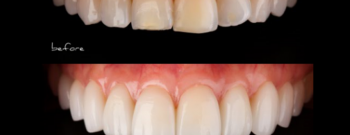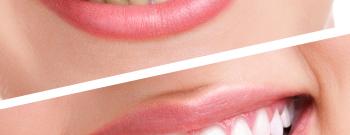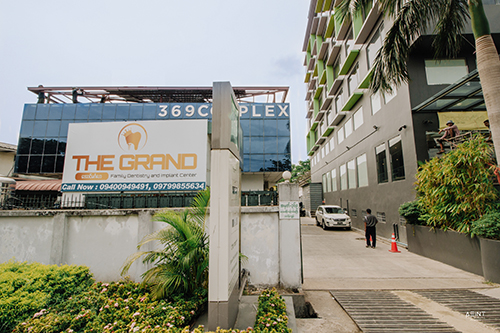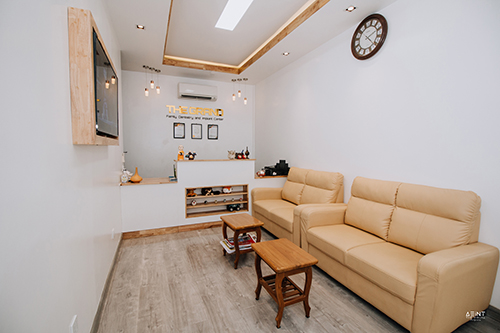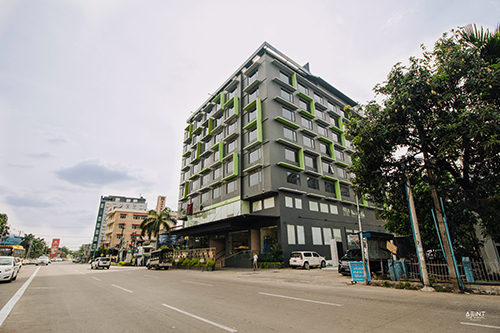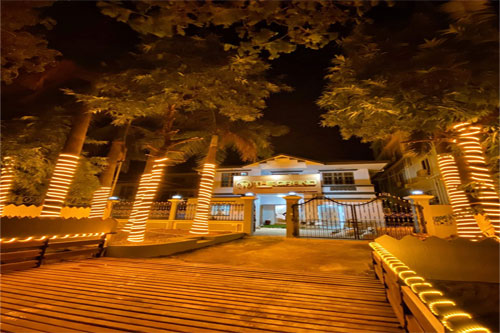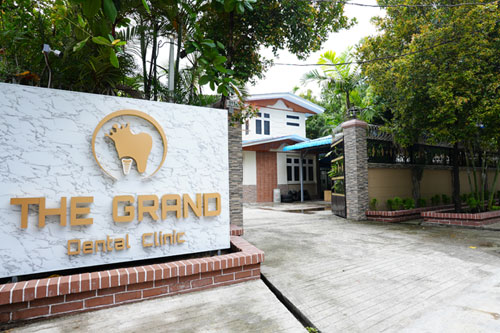
A post and core crown is a type of dental restoration required where there is an inadequate amount of sound tooth tissue remaining to retain a conventional crown. A post is cemented into a prepared root canal, which retains a core restoration, which retains the final crown.
The role of the post is firstly to retain a core restoration and crown, and secondly to redistribute stresses down onto the root, thereby reducing the risk of coronal fracture. The post does not play any role in reinforcing or supporting the tooth and can in fact make it more likely to fracture at the root.
When deciding whether or not a tooth requires a post and core crown rather than a conventional crown, the following must be established:
Presence of an adequate ferrule(coronal tooth structure)
Sufficient length of canal to retain a post
Curvature and overall anatomy of root canal system
Sufficient root (radicular) dentine thickness for post preparation
Restorability of tooth
The benefit of placing a post into a root canal is improved retention of the crown. However there are also disadvantages, during the preparation for the post space there is a risk of perforation, a post can also make a tooth more likely to fracture, it makes future orthograde root canal treatment much more difficult and finally it is very destructive and requires excessive removal of tooth tissue. The presence of ferrule can increase the fracture resistance of the post.
Posts are more commonly required for anterior teeth rather than posterior teeth. The primary reason for this is that multi-rooted teeth have a large pulp chamber which can be utilised for retention of the core and therefore the crown, whereas anterior teeth are much smaller and less retentive.
When it is not possible to retain a core on a posterior tooth and a post is required, no more than one post should be used per tooth, and this should be placed in the largest canal available. This is because more than one preparation for a post will involve excessive dentine removal and increase the fracture risk. A better alternative to posts on a posterior tooth is the use of a Nayyar core restoration which extends down into the entrance of the root canal.
ProcedurePost and cores divide into two main groups: prefabricated and cast. Both of these systems employ a post that is placed within the root canal of the tooth being restored. Thus the tooth must first be endodontically treated. After the endodontic procedure has been completed, and the root canal(s) is/are filled with the inert gutta percha root canal filling material, some gutta percha is removed from the canal space. Gutta Percha can be removed mechanically(use of Gates Glidden), thermally(use of System B Tip), and chemically(use of chemical solvents, however this method is not advocated nowadays due to difficulty in controlling the depth of softening) The space that exists coronal to the remaining gutta percha, called the post space, is now available within which to place a post. It is desirable to leave sufficient root filling material in the apical area to maintain an apical seal. This procedure does not even require local anesthesia as the tooth has long been dead after the root canal treatment and no pain is felt.
သွားအမြစ်တုထဲ တိုင်ထည့်ခြင်း (post and core)



